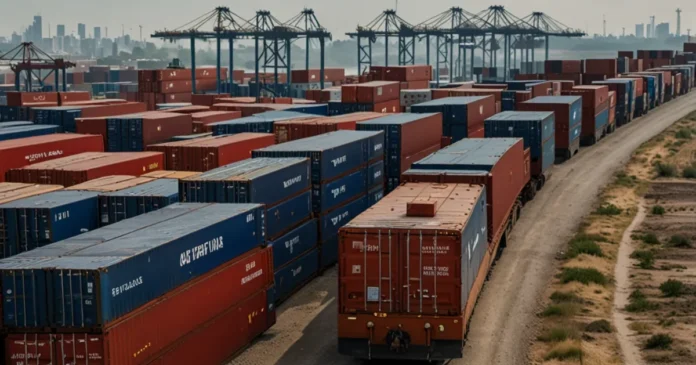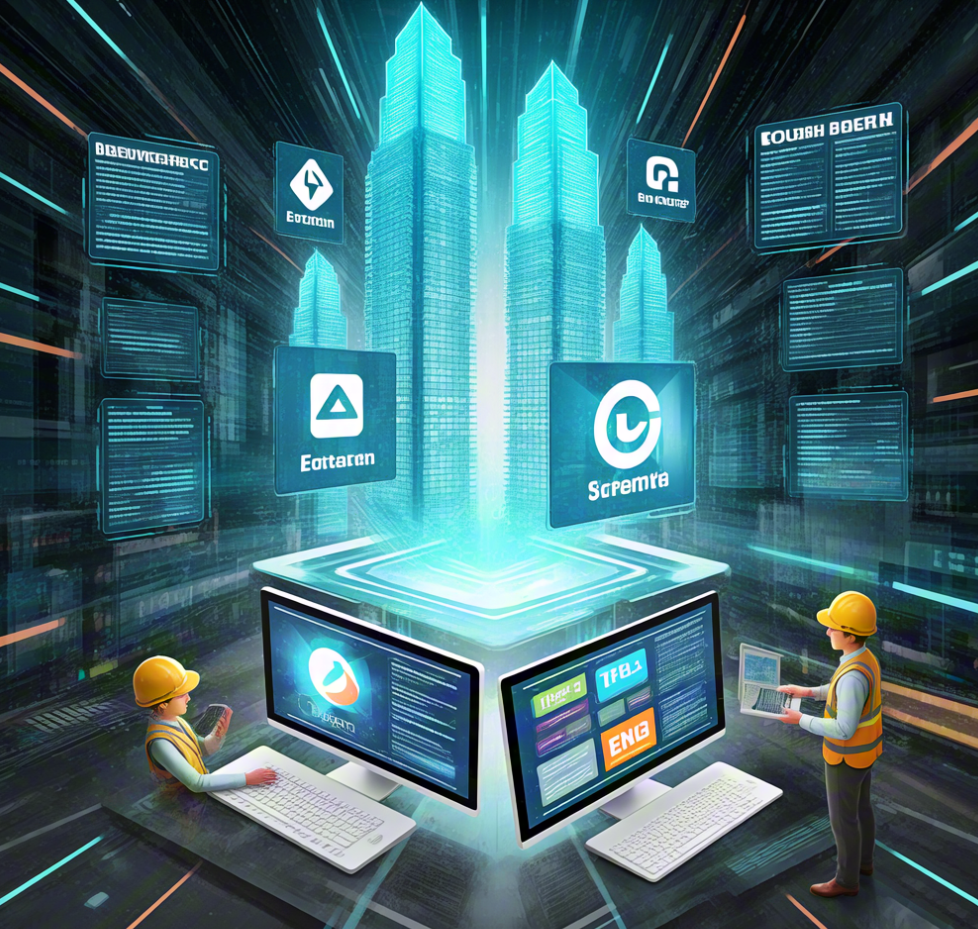Layer 2 Scaling Solutions: The Ultimate Fix for Ethereum's Congestion Problem?
Ethereum has long suffered from network congestion, which frustrates both users and developers. During periods of high activity, gas fees spike and confirmation times increase, leading to poor user experience. Layer 2 scaling solutions are now seen as a breakthrough technology that could solve this bottleneck and reshape the future of Ethereum.
Why Does Ethereum Need Scaling?

Ethereum’s mainnet prioritizes decentralization and security, resulting in limited performance. Currently, it can only handle around 15 transactions per second (TPS). As applications like DeFi, NFTs, and blockchain gaming exploded, the demand far outstripped this capacity.
This has led to chronic congestion and soaring fees, deterring average users and limiting developer creativity. Scaling solutions—particularly Layer 2—have emerged as the consensus path forward.
What is Layer 2?

Layer 2 refers to blockchain protocols built on top of the Ethereum mainnet. These solutions offload most transactions and computations from the main chain, reducing congestion while preserving decentralization and security.
Layer 2 solutions include Rollups (Optimistic and ZK), state channels, and sidechains. Among them, Rollups are considered the most promising due to their ability to inherit Ethereum’s security.
Overview of Major Layer 2 Solutions

1. Optimistic Rollup
Examples: Arbitrum, Optimism. These assume that all submitted transactions are valid and only verify them when challenged. This boosts throughput but requires a 7-day withdrawal delay to allow for fraud proofs.
2. ZK Rollup
Examples: zkSync, StarkNet, Scroll. These use zero-knowledge proofs to instantly verify transaction validity, providing greater speed and security. However, ZK Rollups are more complex and costly to develop.
3. State Channels and Sidechains
State channels are ideal for high-frequency, low-value transactions such as payments. Sidechains are independent blockchains that can interact with Ethereum for asset transfers. Both provide scalability but rely on their own security models.
Current State and Challenges
Layer 2 ecosystems are rapidly evolving. Many have gone live and support real applications like DeFi, gaming, and NFTs. For example, Arbitrum is one of the most active L2s, with billions in Total Value Locked (TVL).
However, Layer 2 solutions still face issues such as complex bridging processes, liquidity fragmentation, mainnet interoperability, security assurances, and the lack of universal standards across L2s.
Is Layer 2 the Ultimate Solution?
Layer 2 isn't a silver bullet, but it’s the most practical scaling solution today. With Ethereum upgrades like EIP-4844 (Proto-Danksharding) and the implementation of a data availability layer, costs will drop and performance will improve further.
In the future, we may see a modular Ethereum composed of multiple Layer 2s working together. In such a system, Layer 2 not only solves congestion but also becomes a vital piece of Web3 infrastructure.
Conclusion
Ethereum’s road to scalability is long and challenging, but Layer 2 offers a beacon of hope. It represents not just a technical improvement but a reimagining of the decentralized future. With the rise of Layer 2, Ethereum can finally realize its potential as the foundation for global decentralized applications.
















No comments yet